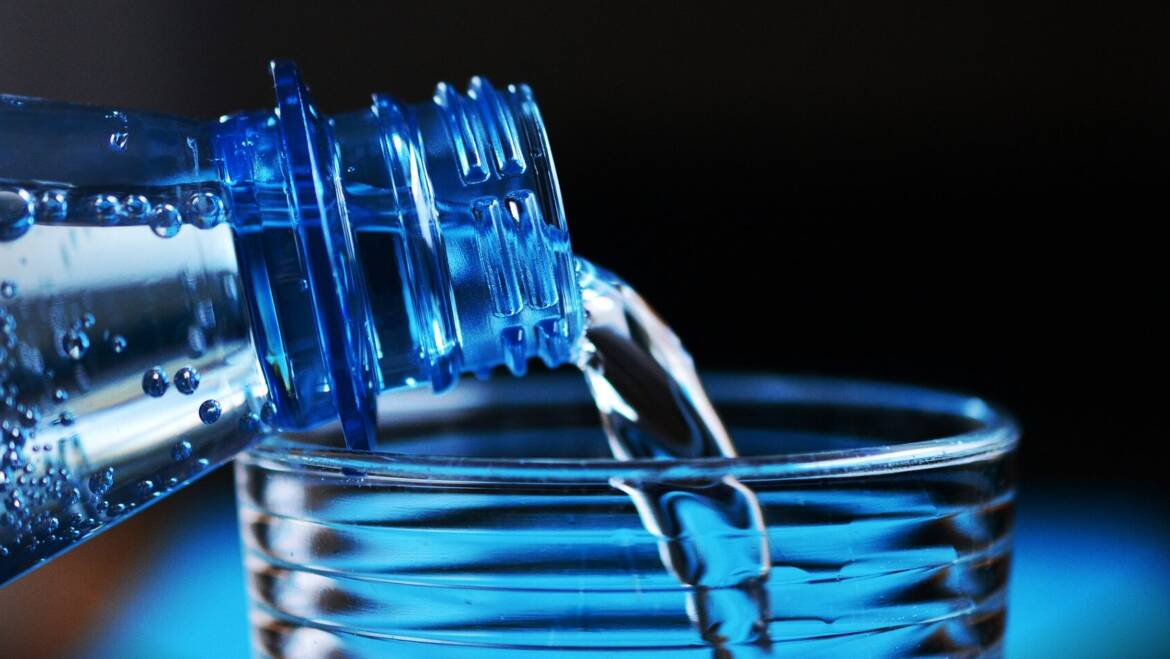Water and Dehydration
More than half of your body is water. It’s one of the most critical nutrients for life and has a drastic effect on energy, functioning, and health. Dehydration can wreak havoc on the body, especially when it’s chronic—and unfortunately, more of us are chronically dehydrated than we realize. Some sources estimate up to 75% of Americans are chronically dehydrated, while others place the statistic closer to 25%. Extreme dehydration can lead to hospitalization, urinary and kidney problems, seizures, heat stroke, hypovolemic shock, and death. Lower grade dehydration can cause headaches, fatigue, lack of focus, muscle weakness and cramps, dry skin, constipation, and digestive problems.
The average human requires 3-4 liters of water a day in order to avoid dehydration, according to the CDC. For an idea on how much that is, think of those big soda bottles that people often have at parties. One of those is 2 liters. The recommended 3-4 liters a day includes water from food sources, such as fruits or vegetables, and other drinks like tea or juice.
Water helps with all of the body’s functions. It cushions joints, protects organs and tissues, helps with digestion, flushes bacteria from your bladder, carries nutrients and oxygen to your cells, normalizes blood pressure, regulates body temperature, and more. A whole plethora of health conditions can be worsened, if not outright caused, simply by not drinking enough water. Without enough water, your body can’t effectively flush toxins out of your system. These clog up inside you and can lead to disease.
But what about the toxins in water itself?
Toxins in Water
Although invisible to the eye, water contains far more than just water these days. Chemicals such as arsenic and nitrate, and contaminants such as pesticides, pharmaceuticals, polyfluoroalkyl substances (PFAs) and microplastics are found in water in increasing levels. Fluoride, another chemical, is still added purposely to drinking water in many districts, despite being a known toxin that contributes to serious health problems. Home filters can help reduce the concentration of these contaminants, but the more popular filters only focus on select groups of pollutants. For example, carbon-based filters like Brita and Pur do not remove fluoride, microplastics, viruses and bacteria, pharmaceuticals, pesticides, and much more. They only remove a few of the dangerous substances hidden in water, namely chlorine and a handful of metals.
It’s easy to see how flushing toxins out of the body with water might be complicated when the water itself is also full of toxins.
The Environmental Protection Agency (EPA) regulates contaminants in public drinking water sources, but not very well. The EPA itself admits that only about 90% of public water systems meet their standards—and their standards still allow for plenty of contaminants to remain in what they’ve decided are “safe” levels. Water treatment facilities allow chemical byproducts to remain in the water, deteriorating pipes allow dangerous levels of lead to reach your tap, plastic bottles leech endocrine disruptors into their contents, and almost a million people in the United States get sick each year from contaminated drinking water. To put it simply: our water system is more flawed than it looks.
Bottled Water and Microplastics
Do you drink bottled water? Research says STOP.
Half a trillion plastic water bottles are consumed every year, over 90% of which are not recycled. By 2050, it is estimated that there will be more plastic in the ocean than there are fish. Nearly 300 billion dollars are spent on bottled water every year. 1200 plastic bottles are thrown away every second of every day. These bottles take 300 years just to fragment, and even then, they never completely disappear.
Aside from the obvious detriment to the planet, plastic is terrible for your health. Although public perception thinks bottled water is cleaner than tap water, the opposite is often true. Tap water goes through more rigorous testing procedures that bottled water doesn’t have to. On top of that, some studies have found that bottled water is actually just packaged tap water.
Most dangerous of all are the microplastics.
Bottled water contains 50% more microplastics than tap water and is being found in the human body at alarming rates. What’s the problem with microplastics? They’re so small that they can pierce through your body’s tissues and get lodged in organs, and since they aren’t biodegradable, they can stay there forever. Microplastics interfere with organ functioning and cell regeneration, which leads to hormonal imbalances, cancers, breathing problems, bowel and intestinal problems, autoimmune diseases, and more. Due to the plastic pollution in the ocean, these microplastics embed into the bodies of sea animals, which then transfers into your body when you eat fish.
“BPA-Free”
Even plastics labelled as “BPA-free”, such as those large 5-gallon jugs you can buy, are dangerous. Don’t fall for the marketing jargon and convince yourself that BPA-free plastics are the better option; a study led by the University of Missouri and published in “Proceedings of the National Academy of Sciences” found that BPA-free plastics are just as harmful for your health as those that contain BPAs. BPA stands for bisphenol A, which is an industrial chemical used to make plastic. BPA-free plastics are usually made with BPS, bisphenol S, instead, which is just another, very similar industrial chemical used to make plastic. Recent studies have found that BPS is just as bad, if not worse, than BPA, and both are linked to developmental disorders, impaired development, and reproductive disorders.
Considering how people give children plastic pacifiers to suck on, plastic toys to chew on, and plastic cups to drink out of, this link to developmental disorders is concerning. No one, especially not children, should be putting plastic anywhere near their mouth.
Conclusion
So what can you do?
Water is of vital importance. We need to drink lots of it in order to stay alive and healthy, but in today’s world, most water sources are contaminated. You can fill jugs of water from the reverse osmosis purifiers at the store, but then you’re storing your water in plastic. Whole-home filtration systems are costly and impractical for many people, while carbon filters like Brita and Pur remove little more than chlorine. Simply ignoring filtration and relying on the quality of your tap water is risky, since it’s likely introducing more toxins into your body than you realize, and there’s no alternative to drinking water. You have to drink it. This leaves only one obvious solution: find an accessible water filter that actually works.
In order to ensure that you’re getting the cleanest water possible, we recommend you do your research. Find a water filter that works for you and removes as many contaminants as possible. If you’d prefer not to shop around, Epic Water Filters, a company based in Boulder, Colorado, offers premium filters at affordable prices. We at FlowerChild are only promoting them because we personally use and love their products, and we want you to have access to clean, healthy water. You can check out a list of all the contaminants that they filter out on their website, including third party test results, and if you decide to make a purchase, you can use this affiliate code for 20% off: FCEPIC
Find Epic Water Filters here: https://www.epicwaterfilters.com?aff=593
Stay hydrated, stay healthy, and stay happy.
Until next time,
– Britt






